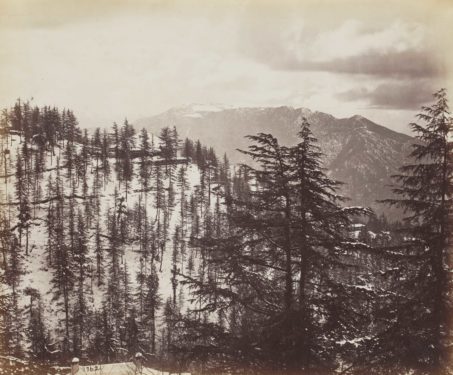

Holiday inspiration: Samuel Bourne
Stark, magnificent, wild. Some of the earliest photographs ever taken of the Himalayas, and what went into their creation

Stark, magnificent, wild. Some of the earliest photographs ever taken of the Himalayas, and what went into their creation
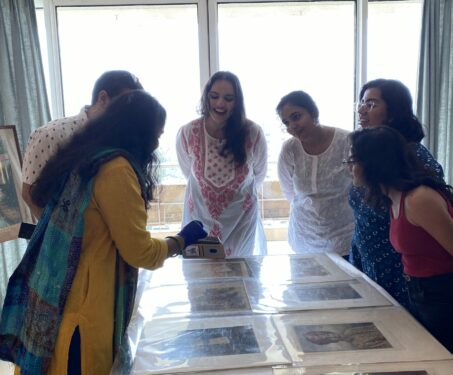
On 19 August 2023, on World Photography Day, we opened our archive to a group of photography enthusiasts to explore the journey of early photography in India.
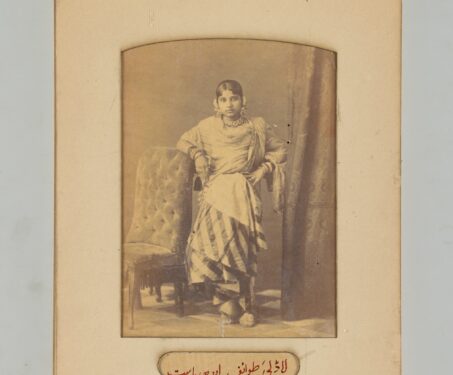
How albumen, a sticky substance found in egg whites, took the elite European hobby of photography and turned into a global phenomenon
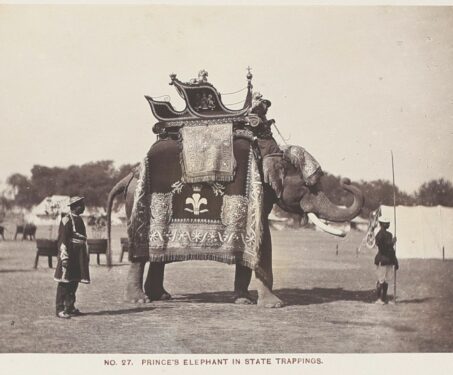
By ship, by yacht, by elephant and by camel. We follow the heir to Queen Victoria on an elaborate tour of India in 1875
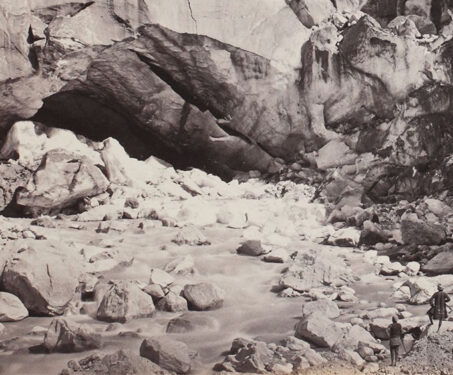
The Ganga is one of the largest contributors to plastic pollution in the world’s oceans. But this wasn’t always the case
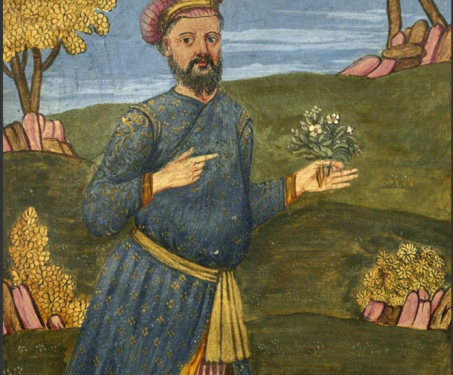
Five books that showcase how the world once saw India
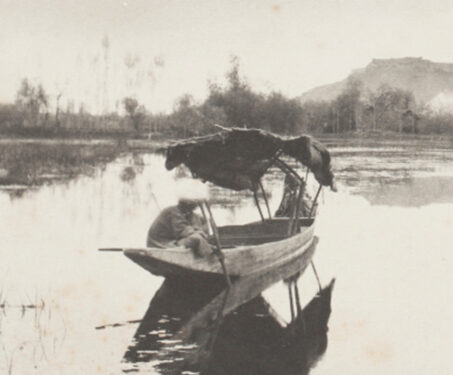
On the banks of the Dal Lake with a physician-turned-photographer-turned-mountaineer
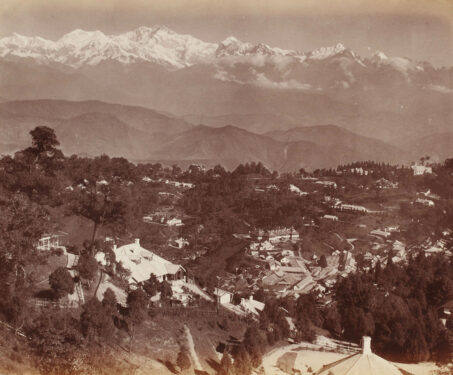
From the Himalayas to the Nilgiris, the mountain slopes of India are home to hill-stations. Built by the British, these were sanctuaries designed to get them through sickness and long summers
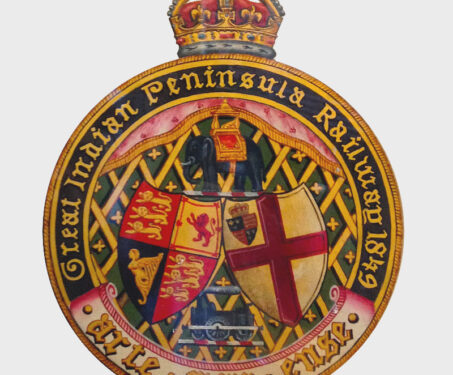
From its start in the 19th Century, Indian Railways played a pivotal role in the trade, economy and culture of the Subcontinent. But how did the arrival of trains impact our country’s ecology?
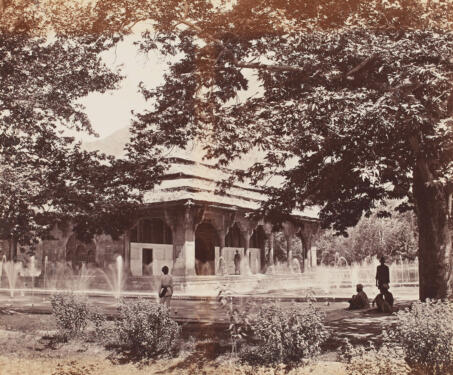
Mughal emperors considered gardens as one of the most important architectural components of their state—so what made a garden adequately ‘Mughal’? Here are 10 clues
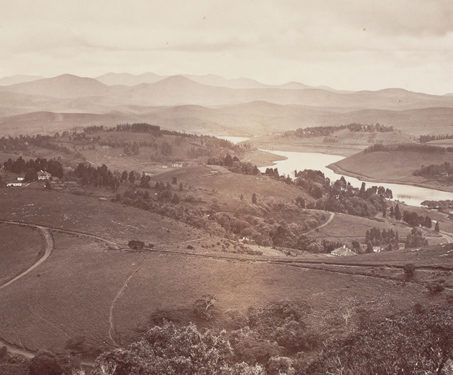
This view of the Ootacamund in Tamil Nadu was taken by Samuel Bourne (1834-1912) in 1869. The Madras government’s headquarters were relocated to Ootacamund from April to October during colonial rule, making it the summer capital after the 1870s. Because of its cooler climate, Ooty, positioned above the Indian plains, was considered an oasis by… Read more »
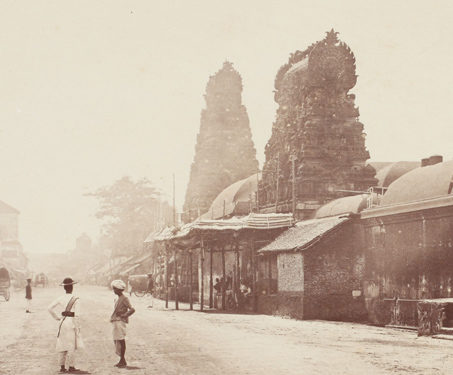
This photograph, by Samuel Bourne (c.1834 – 1912), is of a street in Thanjavur (formerly Tanjore) from the late 19th century. Since ancient times, Thanjavur, located on the Kaveri Delta, has seen several historical dynasties and rulers from the Cholas, Vijayanagara rulers, Nayakas, Marathas and the British. The name is derived from Tamil, where tanjam, which means “refuge,”… Read more »
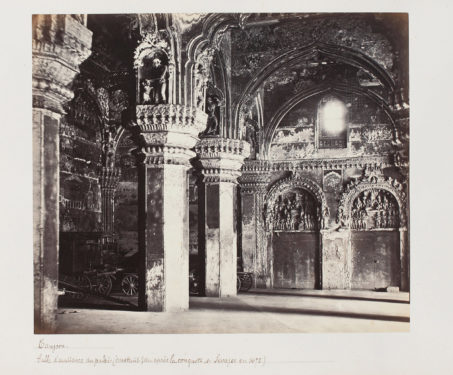
Between the 16th and 18th centuries, Thanjavur welcomed large communities of Telugu and Marathi speakers as a consequence of Nayaka and Maratha conquests in Cholamandalam. The result was a slow mingling and simmering of cultural influences, resulting in the unique artistic heritage of this temple town
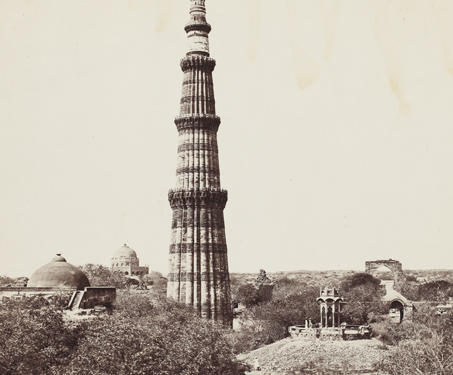
Pictured here is the 239-foot Qutub Minar, the highest brick minaret in the world. Construction on this iconic tower of victory was begun by Qutb-ud-Din Aibak (r.1206-1210), the first Sultan of Delhi and founder of the Slave Dynasty, and later continued by Shams-ud-Din Iltutmish (r.1211-1236). Accompanying the adjacent Quwwat-ul-Islam Masjid, the minaret rises in five… Read more »
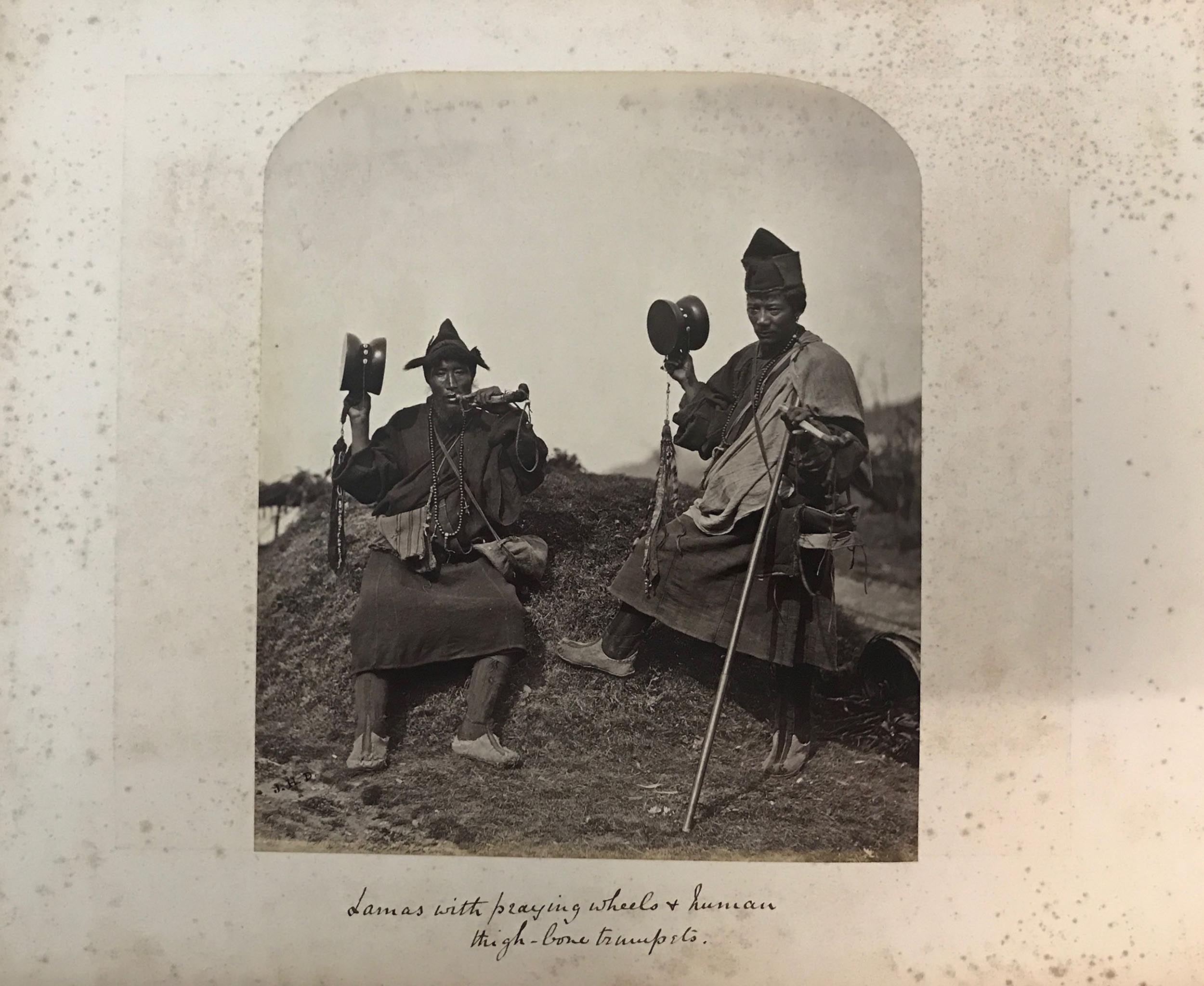
This album, published in 1881, consists of an extensive collection of 19th century photographs from across India, including views of Delhi, Bombay, Darjeeling, the Himalayas and Ceylon. The photographs are attributed to Samuel Bourne.
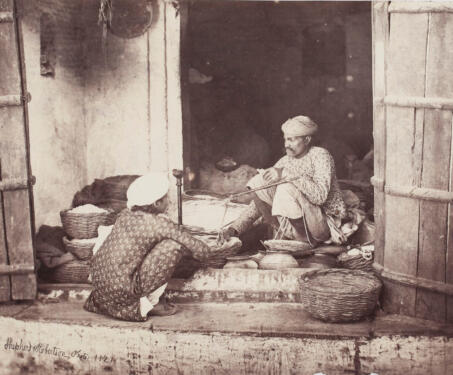
An initiation into the Sarmaya team involves the confrontation of and acclimating to certain books from our library. New ‘uns are told this is necessary reading meant to familiarise them with the genres of the collection. Each object inhabits a world that is resonant and multi-faceted and it’s impossible to know where to start. “Today… Read more »
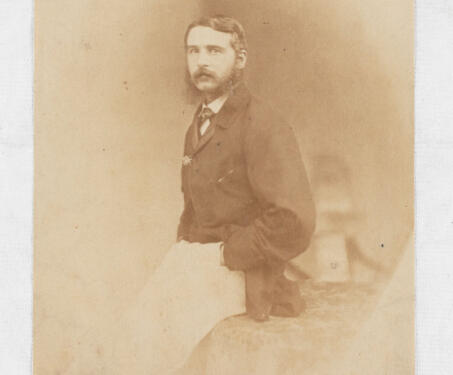
Discover the magical alchemy of early photography techniques practiced in India
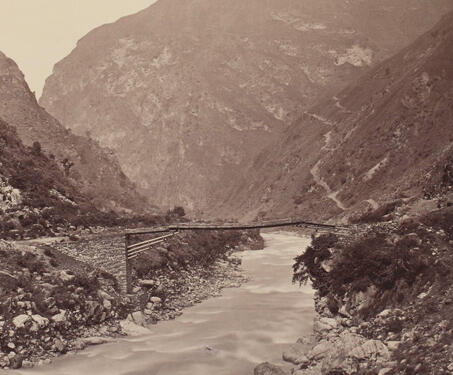
This photograph of a footbridge over a stream flowing between a valley was captured at Larji in the Kullu district by Samuel Bourne. In 1866, Samuel Bourne proposed to trek the, “rich valley of the Beas river through Kulu, penetrate into the wild and desolate regions of Spiti as far as the borders of Tibet,… Read more »
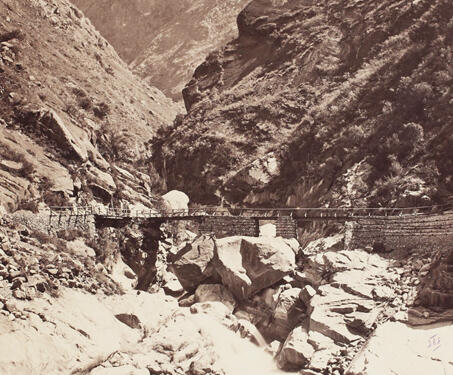
Samuel Bourne took this photograph of a bridge over the Wanga and the Sutlej river junction during his first expedition in the Himalayas in 1863. In the summer of 1863, on the 29th of July, Bourne set off from Shimla for his ten weeks journey into the Himalayas. This was his very first Himalayan expedition.… Read more »
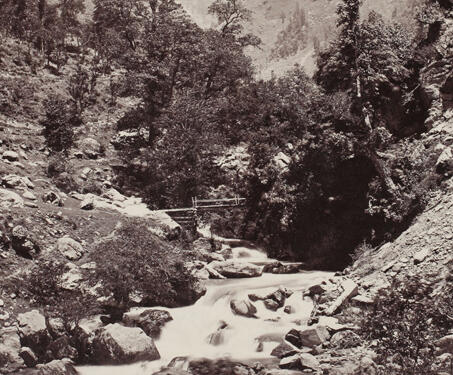
This photograph of a river and a snow-clad mountain range in the background near Budrawar, a town four days from Chamba, was taken by Samuel Bourne. Bourne halted here for a day during his second major expedition to Kashmir and adjacent districts in 1864. Reflecting on his encounters with the residents of Budrawar, he wrote… Read more »